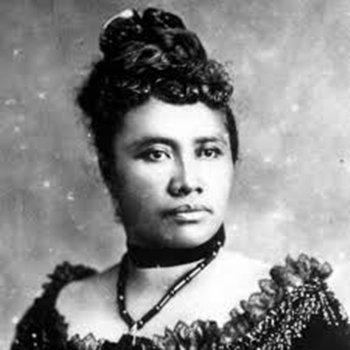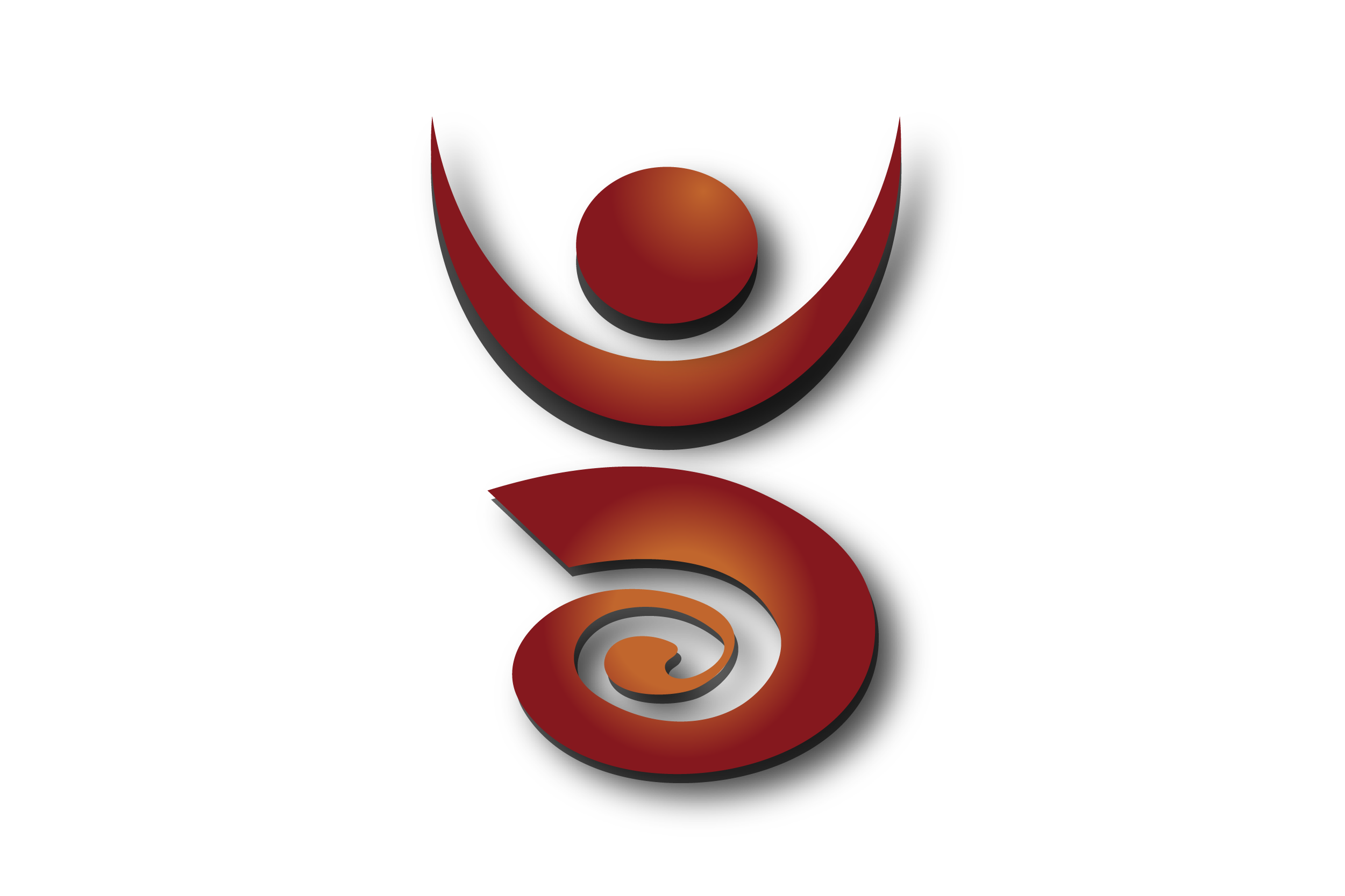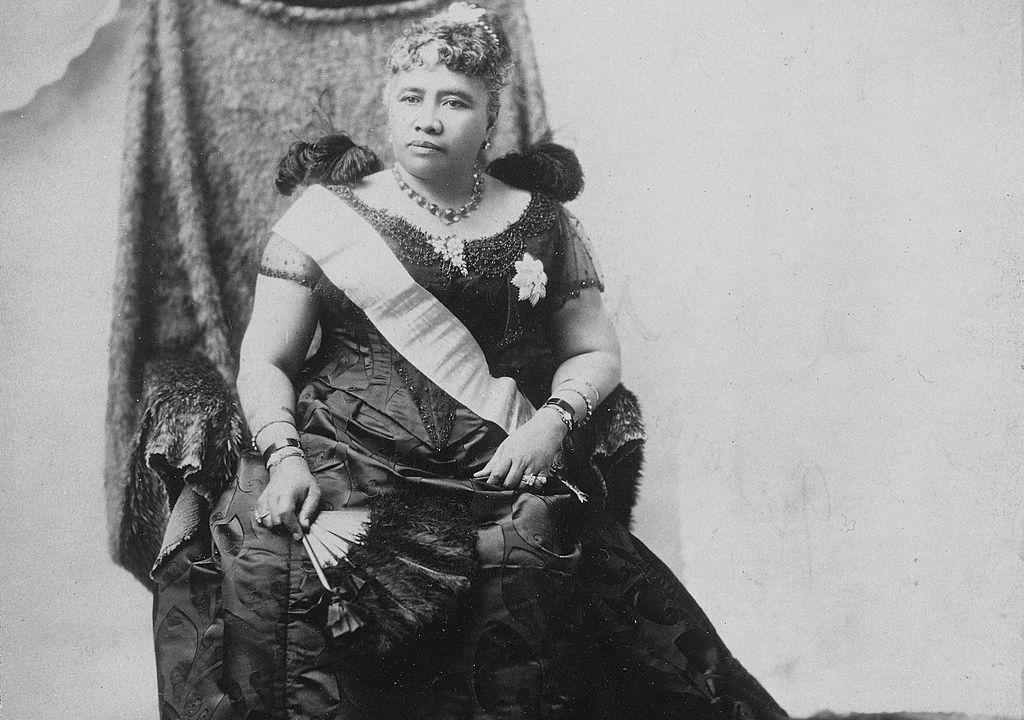Daughters of the Goddess
Queen Lili’uokalani
Daughters of the Goddess
Queen Lili’uokalani

Last Reigning Monarch of the Nation of Hawaii
Lydia Liliʻu Loloku Walania Wewehi Kamakaʻeha
(September 2, 1838 – November 11, 1917)
Lydia Lili‘u Loloku Walania Wewehi Kamaka‘eha was born on September 2, 1838, in Honolulu to high-ranking Ali‘i Analea Keohokālole and Caesar Kapa‘akea.
She became the hanai child of Ali‘i Laura Konia and Abner Paki and hanai sister of Bernice Pauahi. She was also the sister of James Kaliokalani, David Kalākaua, Anna Ka‘iulani, Ka‘imina‘auao, Miriam Likelike and William Pitt Leleiohoku.
Young Princess Lydia Kamaka‘eha attended the boarding school run by missionary Amos Starr Cooke for the Royal Chiefs’ children from the time she was four years old. When she was ten, the school closed as the result of an epidemic of measles that took the lives of about ten thousand people, most of whom were native Hawaiian. Her three-year-old sister Ka‘imina‘auao, who was the hanai daughter of Kamehameha III and Queen Kalama, also died in the epidemic.
Princess Kamaka‘eha was to be married on her 24th birthday, September 2, 1862, but due to the death of the four-year-old Crown Prince of Hawai‘i, Prince Albert Edward Kauikeaouli Kalei‘opapaakamehameha, she was asked by Kamehameha IV to postpone her wedding. Honoring the wish of the King, she was married to John Owen Dominis on the 16th of that month and then resided with her husband and his widowed mother at Washington Place.
Her brother, King Kalākaua, was appointed to the throne in February 1874, at which time he named his brother William Pitt Leleiohoku as heir to the throne. On April 10, 1877, the day after Leleiohoku died, Princess Lydia Kamaka‘eha was named heir apparent and received the title Lili‘uokalani. During Kalākaua’s final years of reign, wealthy plantation owners and businessmen imposed the “Bayonet Constitution” on the Hawaiian monarchy. The new constitution limited the power of the monarchy and effectively disenfranchised the Hawaiian people. Her beloved brother passed away in 1891, and Lili‘uokalani assumed the throne.
One of Queen Lili‘uokalani’s first orders of business was to amend the constitution and restore power to the monarchy and to the Hawaiian people. The local sugar planters and businessmen instigated an overthrow, fearing a loss of revenue and the influence of the Queen. With the help of U.S. Marines, they forced Queen Lili‘uokalani to surrender the Hawaiian Kingdom to the United States in 1893. A provisional government was established thereafter and named the Republic of Hawai‘i, proclaiming Sanford B. Dole as president.
In 1895, Lili‘uokalani was imprisoned for eight months at ‘Iolani Palace for her alleged knowledge of a counterrevolutionary attempt by her supporters, although it was never proven. Fearing she would never leave the palace alive, Lili‘uokalani translated Kalākaua’s text of the cosmogonic Hawaiian creation chant “Kumulipo” into English, with the hope that the rest of the world would get a glimpse of our heritage. She was later released on parole and when she received a full pardon, she went to Washington D.C. to seek help from President Grover Cleveland.
Despite all of Lili‘uokalani’s efforts, Hawai‘i was annexed by President McKinley in 1898. A few weeks later on her 60th birthday, many loyal subjects paid a visit to their beloved Queen Lili‘uokalani at Washington Place. Many came bearing gifts; some, kneeling in her presence, presented their ho‘okupu and backed out the same way they entered.
Aside from Lili‘uokalani’s role as a devoted monarch, she was also a faithful scholar and an extraordinary musician and composer. She was well versed in hymns and ballads of American and European influence, as well as traditional Hawaiian chant and prose. In her lifetime, Queen Lili‘uokalani composed more than 150 songs, including her most famous piece, “Aloha ‘Oe.”
On her 73rd birthday, Lili‘uokalani gave a birthday gift to her people. She had her Trustees set aside a piece of property near Waikahalulu Stream in Nu‘uanu, which is known today as Lili‘uokalani Garden.
Hawai‘i lost its last ruling monarch on November 11, 1917, when Lili‘uokalani died of a stroke at the age of 79 at her Washington Place home. At midnight, the “Royal Rain” fell lightly on the procession as her body was taken from Washington Place to the Throne Room of ‘Iolani Palace where she lay in state. When the procession arrived at ‘Iolani Palace, there was a rumble of intermittent thunder that was looked upon as a good ho‘ailona or omen. At midnight of the following day, her body, preceded by the flaming torch (the emblem of the Kalākaua Dynasty) and sacred kahili, was taken to Kawaiaha‘o Church where she lay in state for the next seven days. Her remains were then taken in a procession along King Street and up Nu‘uanu Avenue and placed in the Royal Mausoleum at Mauna ‘Ala.
Through the years, Lili‘uokalani never faltered in her commitment to the people of Hawai‘i. In her will, she entrusted her estate to provide for orphan children of Hawaiian blood, amended later to include other destitute children. Her legacy is perpetuated today through the Queen Lili‘uokalani Children’s Center and the Queen Lili‘uokalani Trust.
Information from: http://www.onipaa.org/pages/her-history
Follow us
Join Our Community
Follow us on Facebook
Follow Us on Instagram

Daughters of the Goddess on Paypal
Use for Rituals, Workshops,
Zoom Sessions and Purchases.

